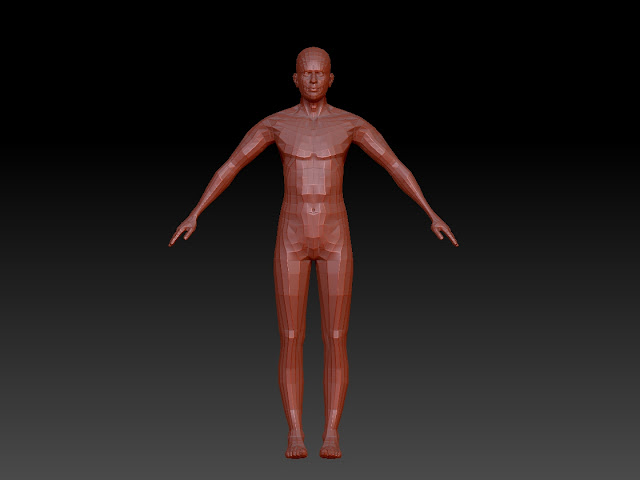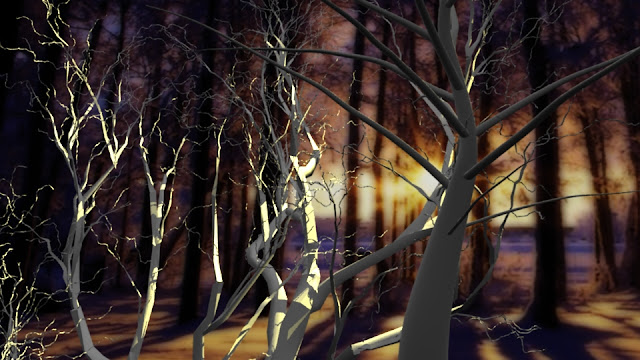Camera tracking in Nuke X composting sofware...
Converting UHD 4K video to HD
Removing lens distortion, line analysis and drawing mode...drawing straight lines over any straight lines in the footage..
Analyse lines
Save
Input Read command and Camera Tracker...
Number of features 600
Feature separation 6
Select frame range eg. frames 50 - 300
Track
Once tracked, if there are any moving objects, such as people or cars, then remove those trackers manually.
Solve
Error value of below 1 is required.
The green markers are shown top left.
Any markers shown as red are rejected
Orange are to be solved.
The graph top right allows for the slider inputs to change the maximum error value. Tweak repeatedly until the error value is less than 1.
Hover mouse over view panel (top left) of the workspace and press 'TAB' to switch between 2D and 3D views
3D view showing Camera tracker cloud (white blob markers in 3D environment)
To import into Maya, in order to insert 3D objects that are embedded and move seamlessly within the scene, a scale and an origin need to be set; plus a selection of markers showing the ground plane need to be established.
To set origin in 2D viewer
Right click on a single marker on the ground
Select 'ground plane'
Select 'set origin'
To set scale:
Select one marker, SHIFT and click another
Right click
Select scene
Add
Scale distance (set scale dimension to the same as a known distance within the scene. In this case a paving slab of 40mm)
Magenta markers shown below in the 3D view, indicate the camera tracker markers that were selected on the ground plane.
Select markers on the ground
Right click
Ground plane
Set to selected
To test that the camera tracking, lens distortion correction etc are all working well, place a 'card' into the scene.
Select tracker
Create
Card
'TAB' key and Scanline Renderer node to toggle between 3D and 2D views
Card placed and rotated.
Apply texture if necessary with TAB key 'checkerboard'
Send Camera and locator to Maya
Select Scene 1 (shown as red circle in node graph below)
TAB key
Write geo
Double click 'write_geo' node
File (black folder icon similar to file folders in attributes box in Maya)
Name file 'tracked_camera.fbx
In the options box (5 options, Geometries, Cameras, Lights, Axies, Point Clouds) just select cameras and point clouds.
Execute - select frame range
Open Maya
Set frame rate to 25 fps
Set project etc
File import 'tracked_camera.fbx
Can take a while as it imports a camera every frame, and each frame is key framed
















































